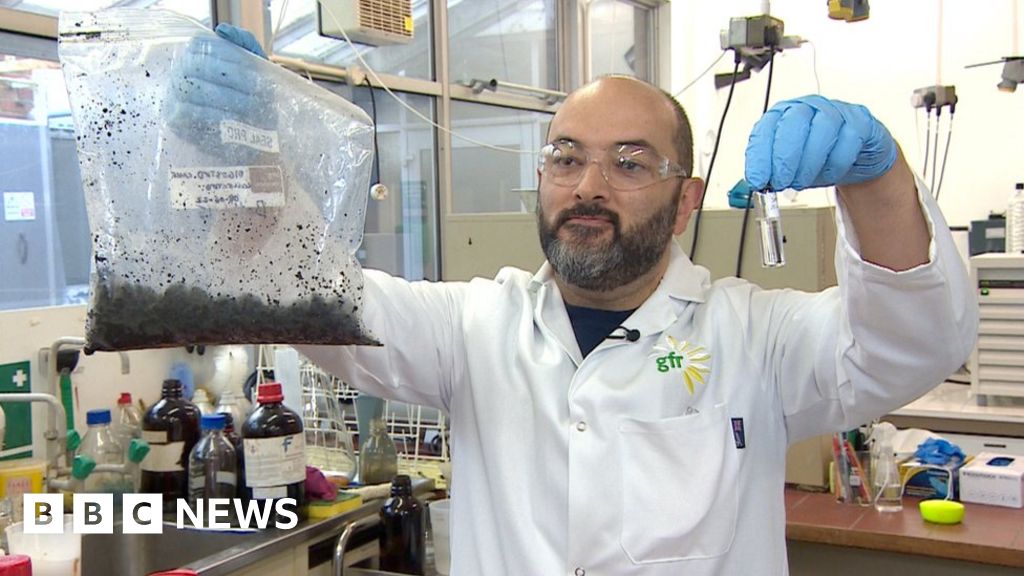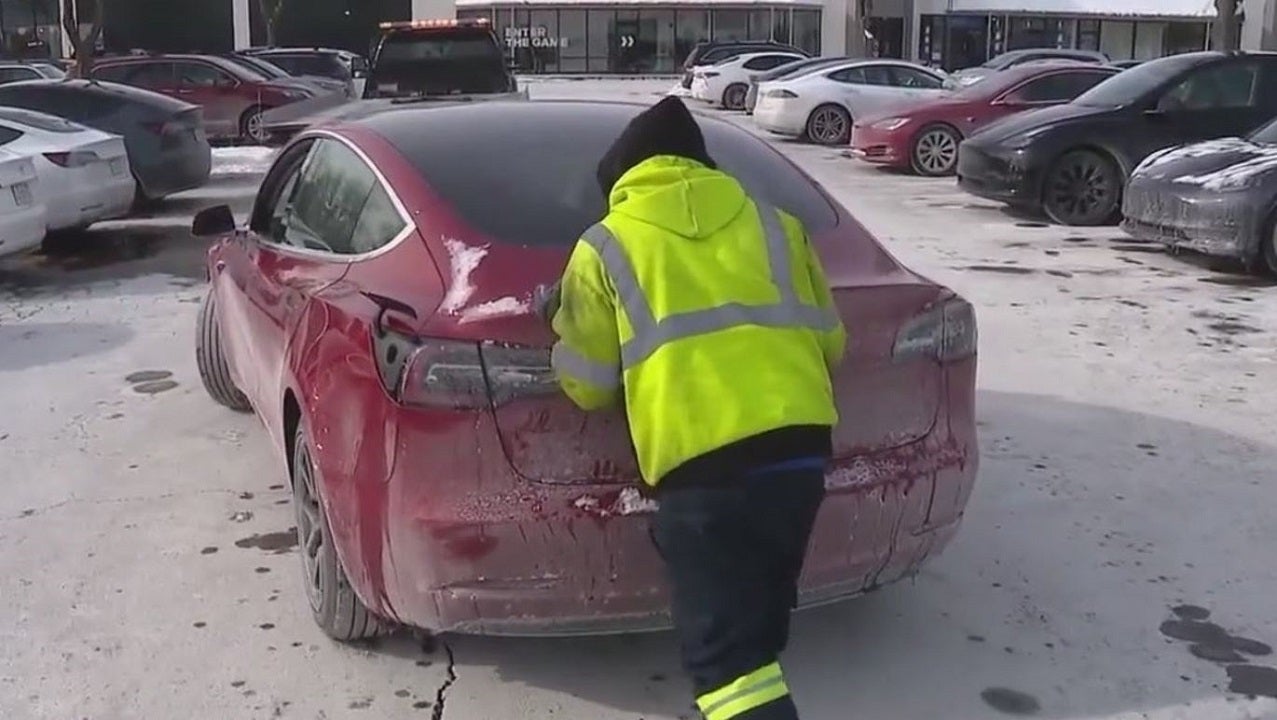concours
VIP MEMBER
- Joined
- Dec 29, 2011
- Messages
- 9,570
Biodiesel.I have been on these busses, and in the North Woolwich area - my work sometimes took me that way. The busses pull away from the bus stop on the electric motor, the diesel engine then starts once the bus is moving.
The authorities in London have become very keen on emissions control, maybe not unreasonably - London is very congested and the air can be badly polluted, largely with diesel fumes. I would guess that the purpose of these types of bus is to prevent an idling engine from generating exhaust fumes while people get off & on the things. And that a diesel engine probably outputs an extra amount of exhaust when pulling a vehicle away from the bus stop, so starting on the electric motor avoids that. London busses may stop and start every 100yds or so.
Some years ago one particularly stupid London politician wanted to do away with double decker busses, and they were replaced with 'bendy busses'. These were extra long, like a coach with a trailer, and were diesel powered. they were withdrawn from use ~20 years ago when they had a propensity for bursting into flames, so its not just an electric vehicle thing.

Articulated buses in London - Wikipedia
en.wikipedia.org

'Bendy buses' withdrawn after fires
The entire fleet of London's controversial "bendy buses" was taken off the streets today for urgent modifications.www.theguardian.com



